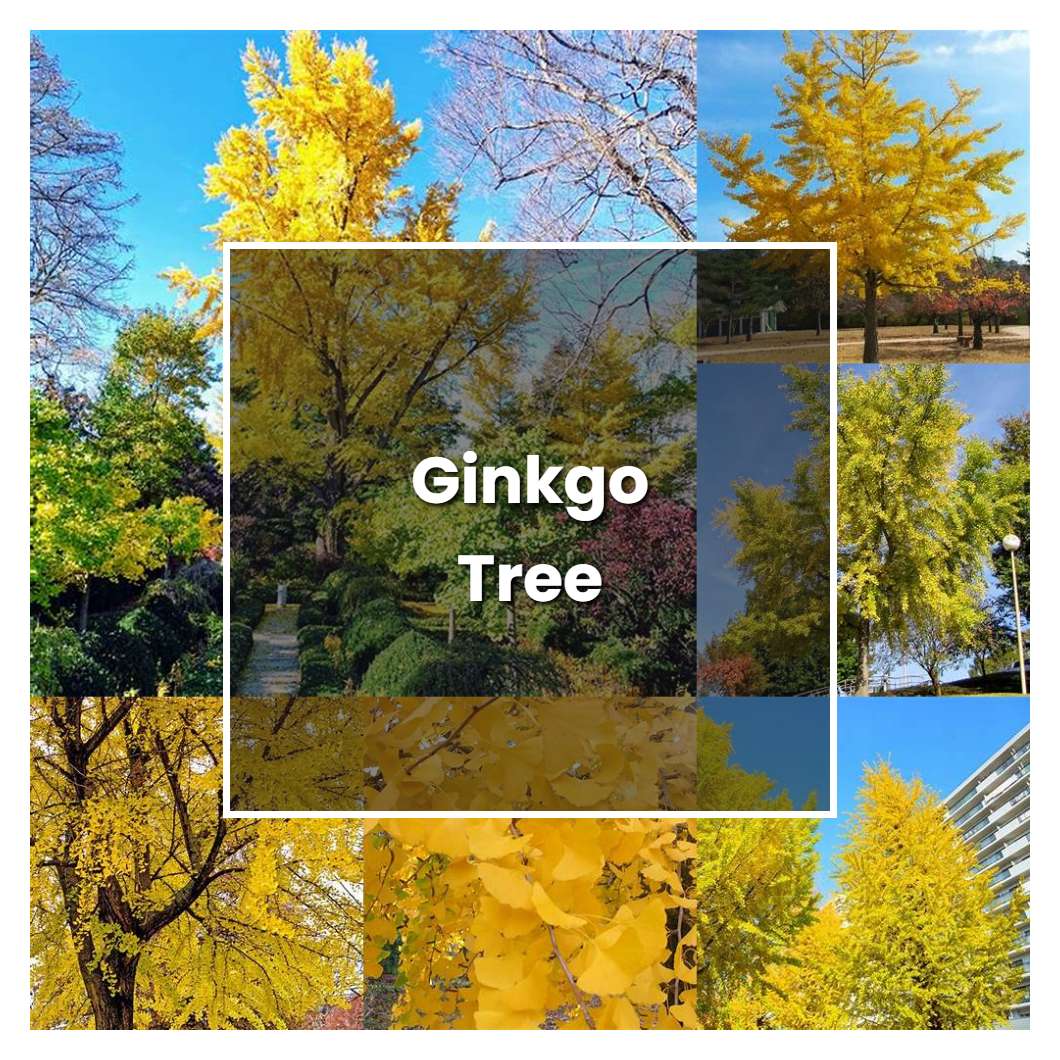Ginkgo tree is a popular plant that is known for its distinctively shaped leaves and its ability to prosper in a wide range of climates. It is a hardy plant that can tolerate a wide range of environmental conditions and is often used as an ornamental plant in gardens. The ginkgo tree is also known for its medicinal properties and has been used for centuries in traditional Chinese medicine.

Related plant:
Ginkgo Biloba Tree
About soil condition, ginkgo trees prefer deep, rich, moist soils but they are also quite tolerant of a range of soils including poor ones. They are not especially bothered by salt or alkalinity. They will not grow well in waterlogged soils.
Like the other trees, ginkgo trees need sunlight in order to grow. They can tolerate partial sun, but they will grow best in an area that receives full sun. If you are planting a ginkgo tree, make sure to choose a spot in your yard that gets plenty of sunlight.
The temperature condition that is best for the growth of a ginkgo tree is between 68 and 86 degrees Fahrenheit. The tree grows best in full sun but can also tolerate partial shade. It is important to keep the tree watered during periods of drought.
Ideal humidity condition for this plant is 50-55% A ginkgo tree is a beautiful and hardy plant that can thrive in a number of different climates. However, they prefer humidity levels to be around 50-55%. If the humidity is too low, the tree may suffer from stress and have difficulty growing. If the humidity is too high, the tree may be more susceptible to diseases.
Discussing fertilizer, usually the plant food we think about is for above ground growth; however, ginkgo trees need a healthy dose of it for their roots. Its important to select a fertilizer that has a high phosphorus content because this element helps the tree to produce strong, healthy roots. Its also important to apply the fertilizer evenly around the trees dripline, which is the area where the outermost branches extend.
Pruning is an important part of caring for a ginkgo tree. Pruning helps to maintain the tree's shape and encourages new growth. When pruning, be sure to remove any dead or damaged branches. Also, make sure to prune away any branches that are growing inwards towards the trunk of the tree.
Propagation of ginkgo trees is typically done through grafting or rooting of cuttings. Grafting is typically done with a wedge graft, in which a wedge is cut into the rootstock and a similar wedge cut into the scion. The two are then fitted together and held in place with grafting tape or clips. Rooting of cuttings is done by taking a stem cutting from the desired tree and placing it in a rooting hormone. The cutting is then planted in a pot or in the ground in a shady spot.
Usually, the plant growth rate studies show an average growth rate of 3 to 4 feet (90 to 120 cm) per year. However, a study in Ohio showed a growth rate of up to 12 feet (3.7 m) per year for young trees. Ginkgo trees are slow to start growing in the spring, with new leaves first appearing in mid-April, but once they start growing, they can grow quite rapidly.
Common problems for this kind of plant are: 1. Dead branches: It is not uncommon for ginkgo trees to have dead branches. These branches should be removed as soon as possible to prevent them from rotting and spreading the infection to the rest of the tree. 2. Fungal diseases: Ginkgo trees are susceptible to several fungal diseases, such as powdery mildew and leaf spot. These diseases can cause the leaves to turn brown and drop off prematurely. 3. Bacterial diseases: Ginkgo trees are also susceptible to bacterial diseases, such as canker. These diseases can kill the tree if left untreated. 4. Pests: Ginkgo trees are also susceptible to pests, such as aphids, scale insects, and mites. These pests can cause the leaves to turn yellow and drop off prematurely.
Source:
GINKGO - GINKGO BILOBA | The UFOR Nursery & Lab
Ginkgo | Arnold Arboretum
Ginkgo | University of Redlands
